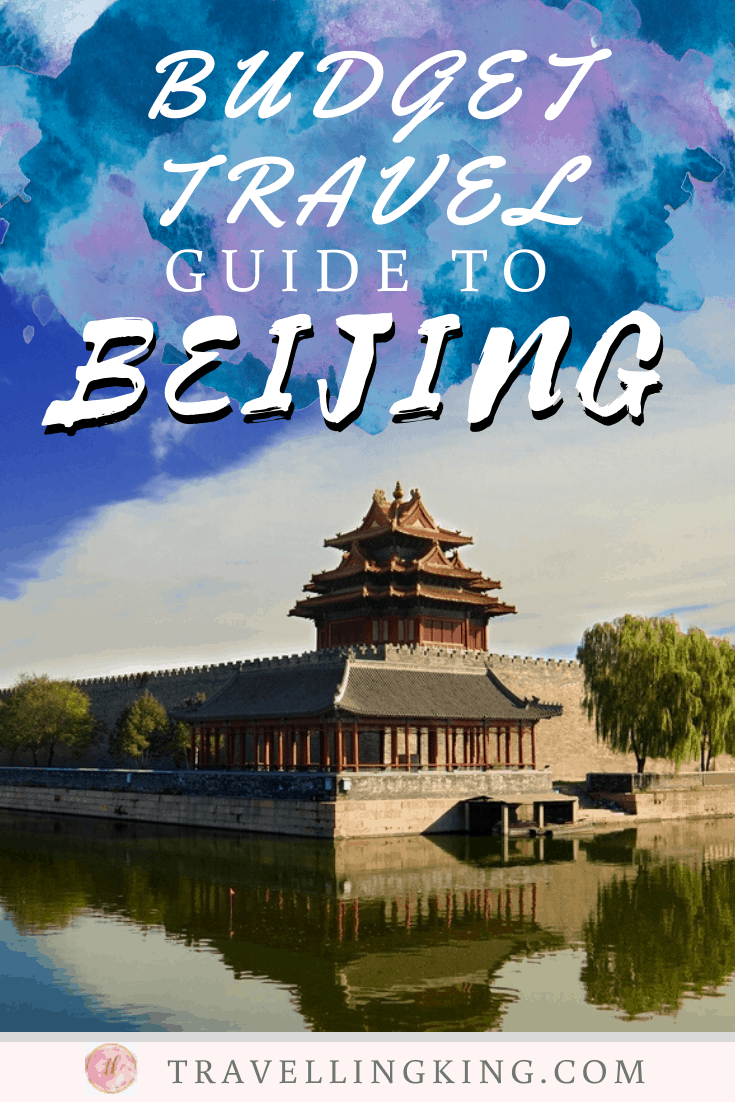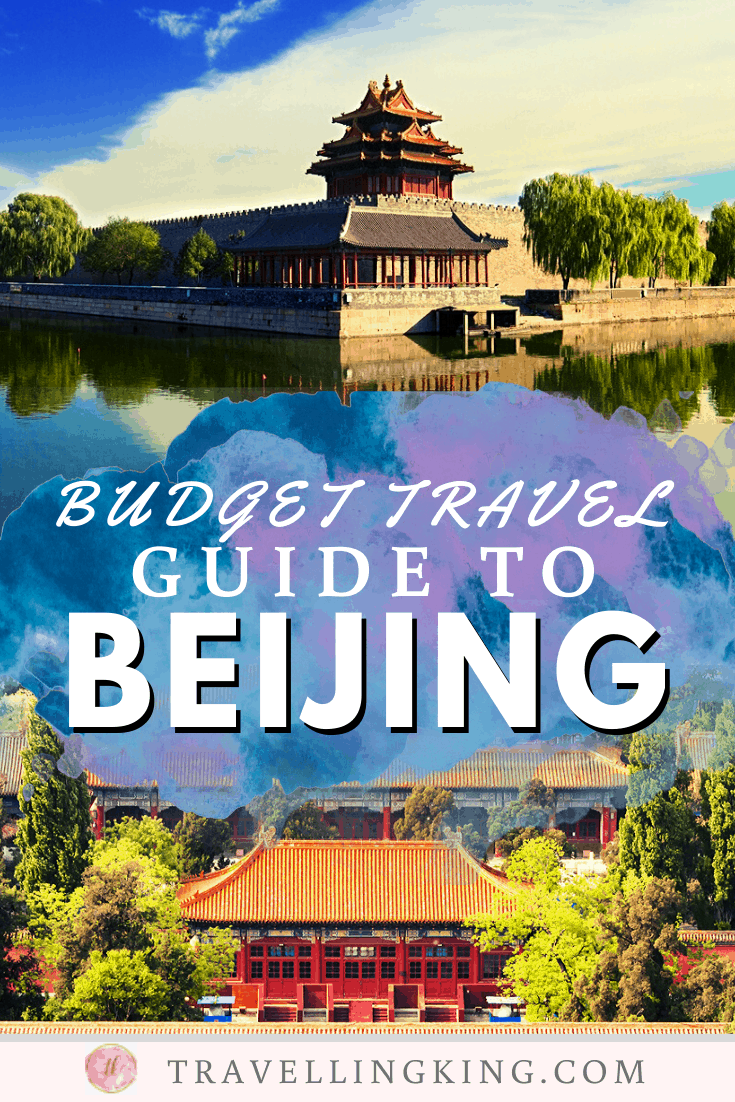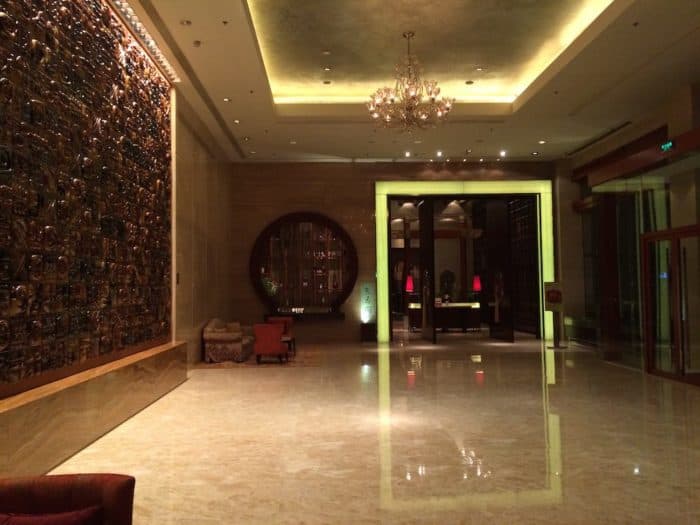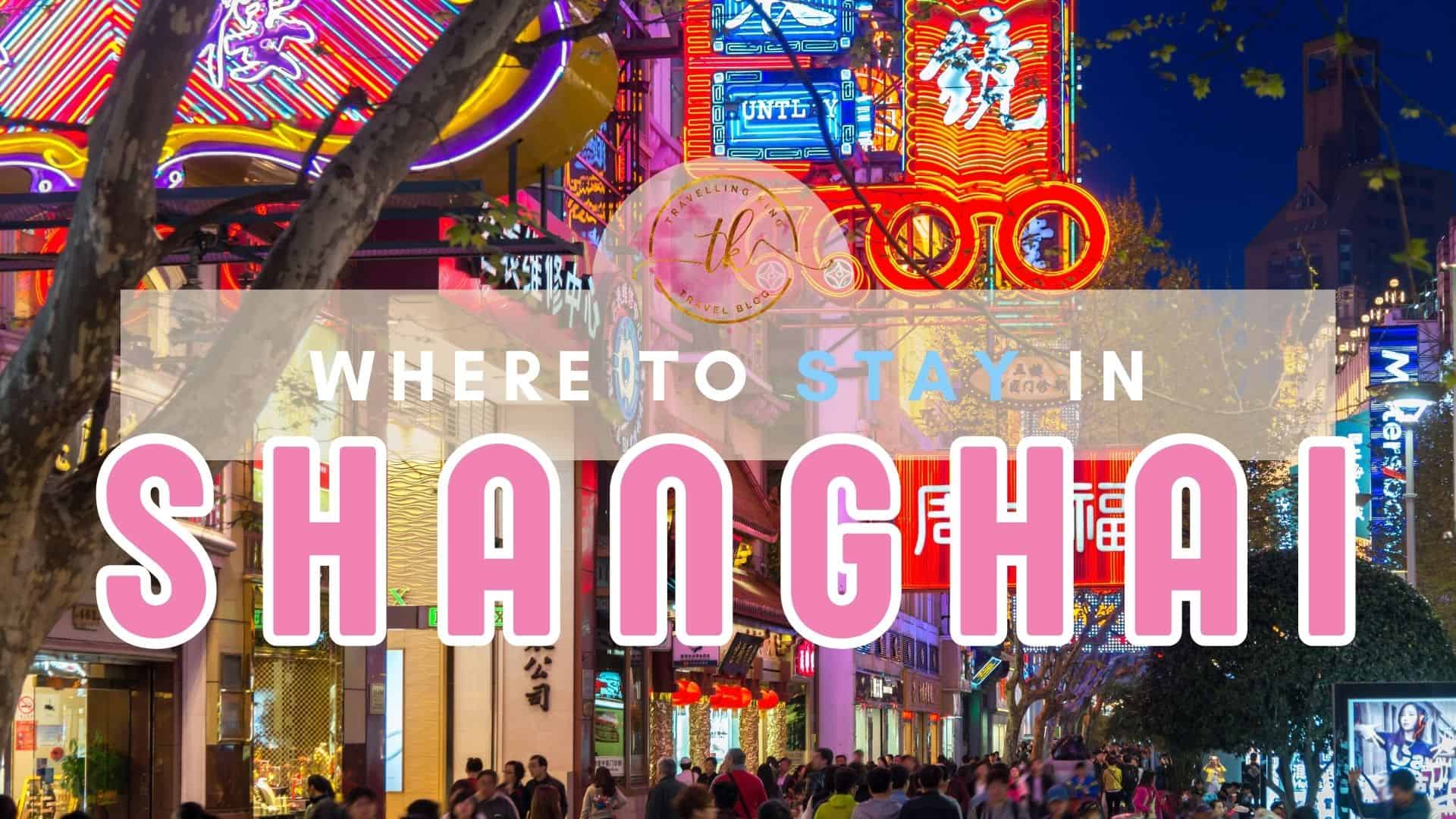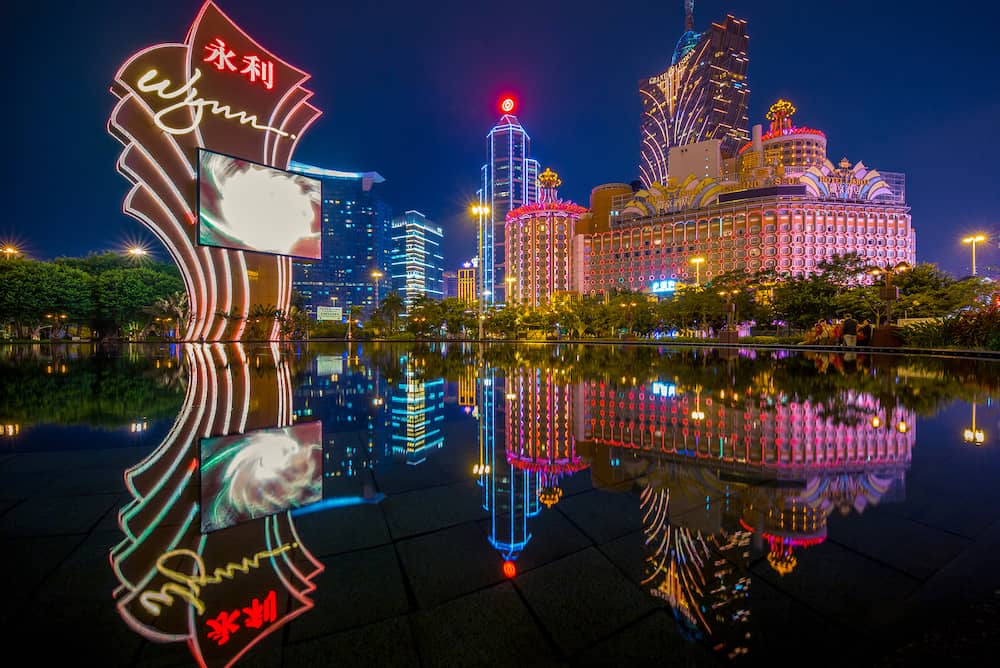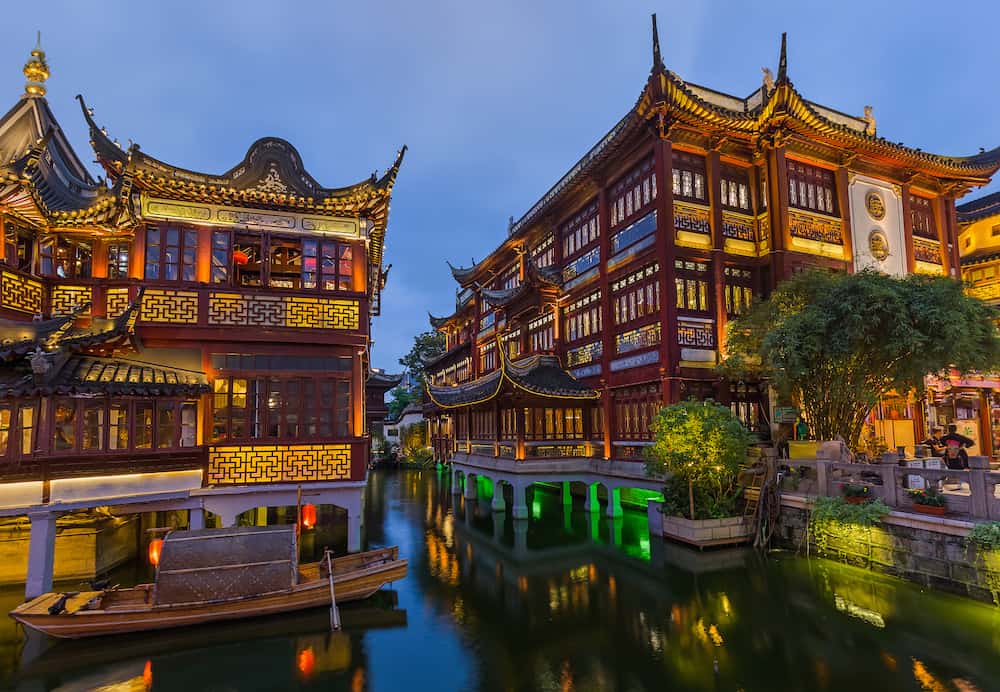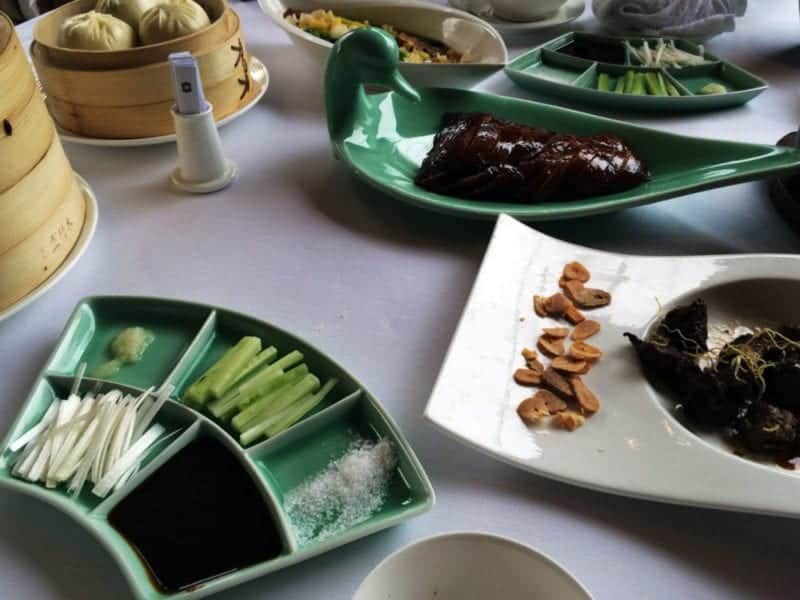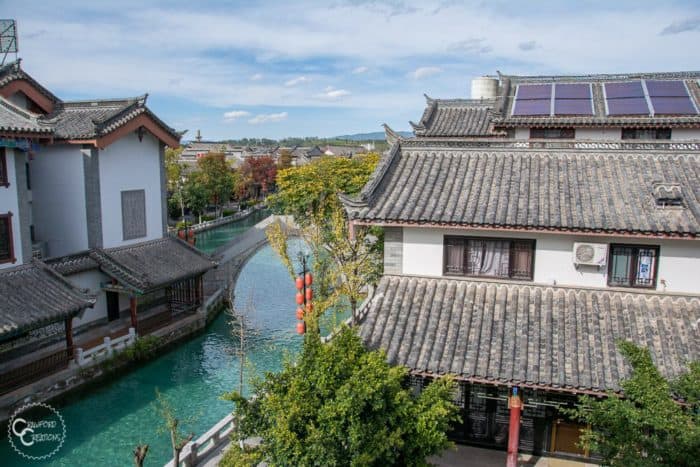Budget Travel Guide to Beijing
The Chinese capital is a top tourist destination, but while the rest of the country offers low prices for travellers if anywhere is going to break the bank it’s going to be Beijing.
How expensive is China to travel to? In general, the answer to this is no, but the big cities, and especially Beijing have in recent years seen price hikes as the standard of living increased rapidly and the value of the Chinese Yuan goes up and up.
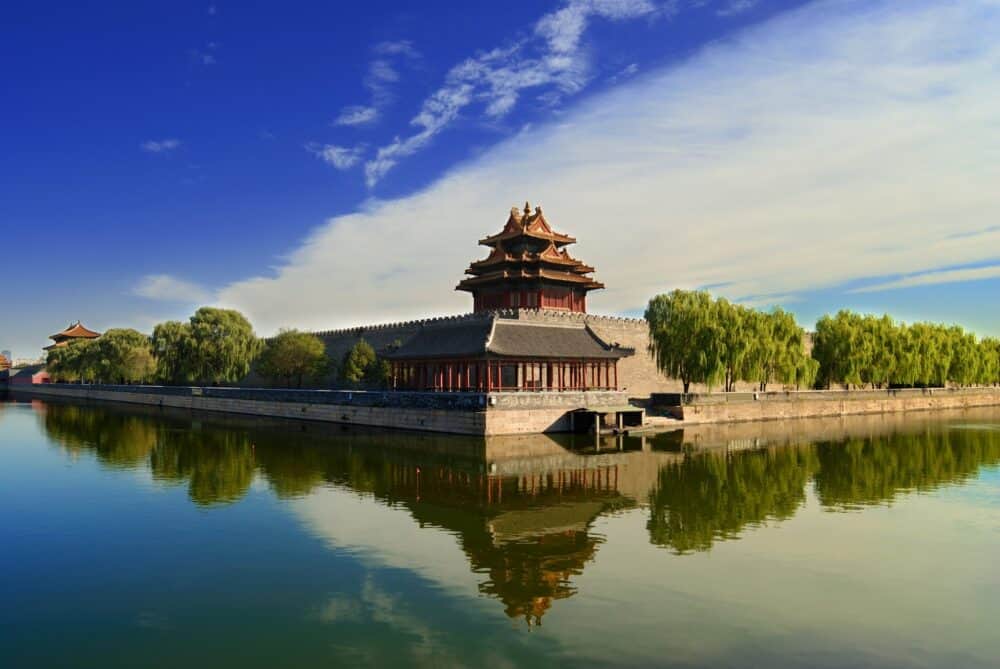
It’s still not expensive by western standards, but with increasing costs for hotels, food and entrance tickets, it all adds up.
That’s why we put together our budget Beijing travel guide, so you can save money and still make the most of your trip to the city!
Plan your trip
Save on fees abroad with the Wise Card—use it at ATMs, restaurants, and for flights or hotels in over 150 countries. Manage 40+ currencies in real-time with the Wise app.
Need Help Planning?
- Cheap Flights: Find the best deals.
- Accommodation: From hostels to luxury stays.
- Car Rental: Affordable options worldwide.
- Sightseeing Tours: Explore without breaking the bank.
- Travel Adapter: One adapter for all your needs.
- Travel Insurance: Don’t risk it—stay covered.
This post includes affiliate links. Read my full disclosure and content policy.
How to get around Beijing on a Budget
If you’re travelling to Beijing on a budget, then luckily it’s an inexpensive city to get around. It’s undeniably a big city, home to millions of people and countless districts, but the entire capital is well connected by an extensive subway system that seems to constantly expand as Beijing continually grows.
While you can walk around individual districts, such as the central Tiananmen Square area or the historic Hutongs, you will want to use the subway to get between them. The subway can get you anywhere, and it even connects to fast trains that can get you to the airports quickly.
All signage is in both Chinese and English, and the subway line maps and stops are all well labelled. Tickets are inexpensive, and you can even purchase a subway card to make things easier.
Buses are just as cheap but can be more confusing to navigate than the subway system, while taxis can be difficult to come by in the city. Your usual ride-hailing apps won’t work here but you could try a Chinese version if you’re confident enough.
A pleasant way to see much of the city is by hiring a bicycle, as Beijing can be surprisingly bike-friendly in many places.
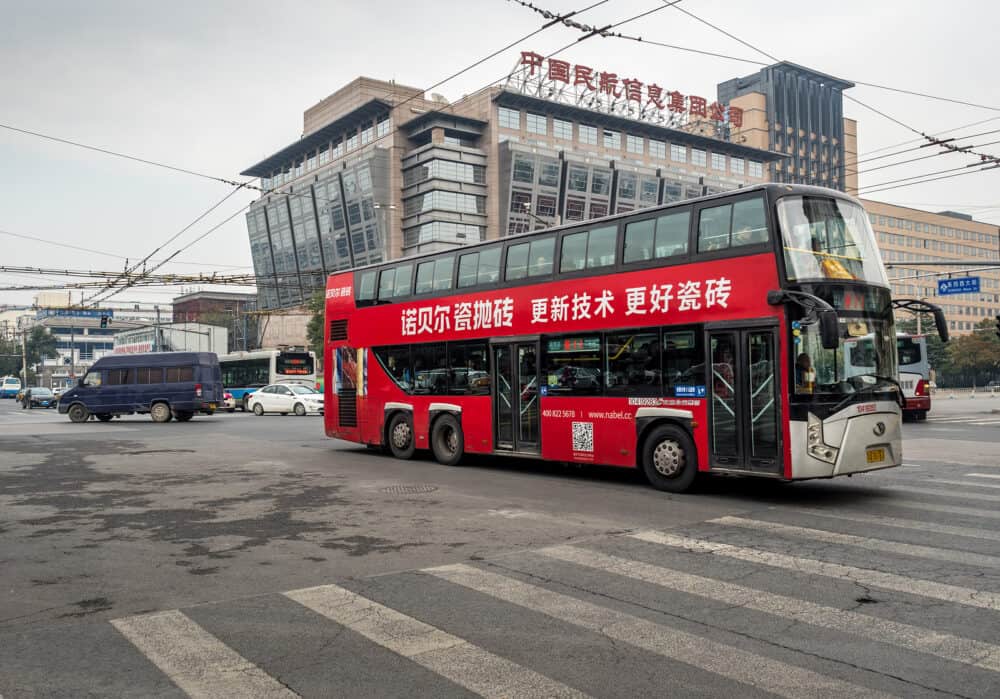
Budget things to do in Beijing
Tiananmen Square
Tiananmen Square is equally as famous as it is infamous. This huge central square is often one of the first places that travellers will visit on their trip to Beijing, because so many attractions, including the Forbidden City, surround it.
Tiananmen Square has been the scene of violent protests in the past, so security is always tight here, and you have to pass through checkpoints to reach the central plaza. It’s a real must-see though, and it’s totally free to walk around.
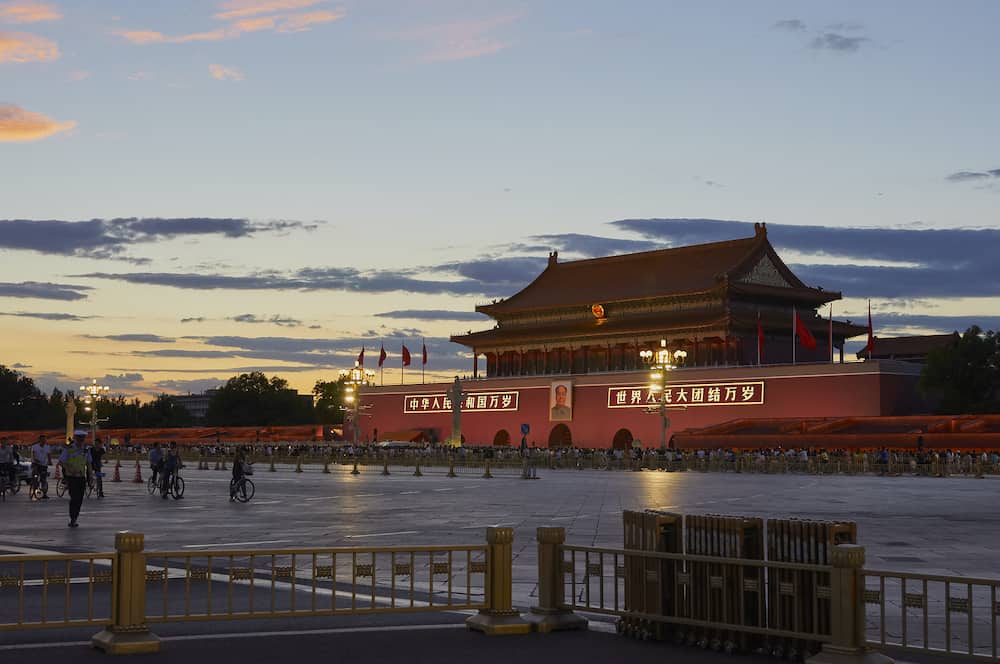
Chairman Mao Memorial Hall
The Chairman Mao Memorial Hall is the final resting place and mausoleum for the infamous Chinese leader. This is where Mao was embalmed and laid to rest, in much the same style as the Soviet leaders were in Moscow.
The impressive building is found next to Tiananmen Square and it’s free to enter. You do need to bring your passport and ensure that you are dressed smartly. If not, then you will be turned away.
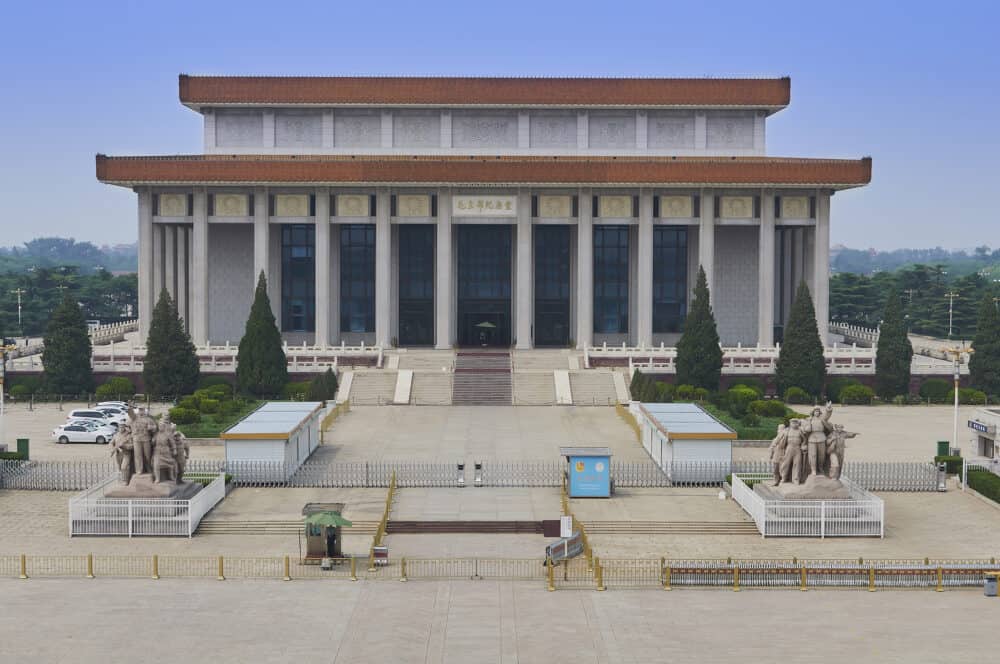
Qianmen Street
Qianmen Street is one of the most famous roads in Beijing. The street heads south from Tiananmen Square and can trace its origins back hundreds of years to the time of the Ming Dynasty.
It’s almost a kilometre long and much of its length is pedestrianised after being heavily restored in recent years. It’s a great place for a stroll and you’ll find many traditional Chinese restaurants and shops all along its length.
It’s very touristy of course, but as it’s free to walk down you’ve got nothing to lose visiting.
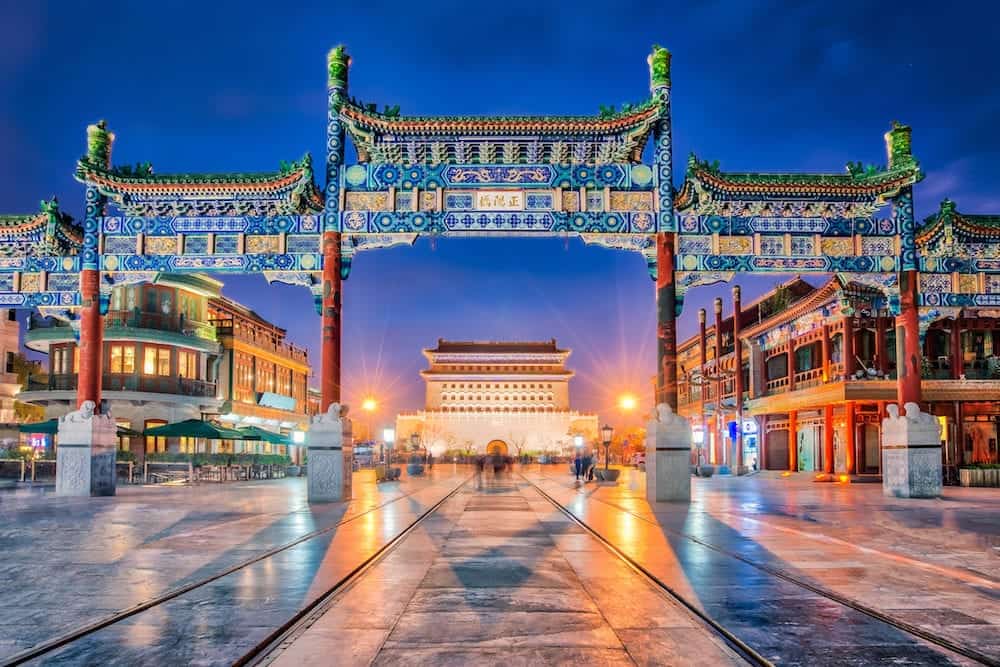
National Museum of China
Located on one side of Tiananmen Square is the vast National Museum of China. Built by the communists after they won the war, it’s a very brutalist, socialist building in design.
It’s one of the largest museums in the world, and you can trace the history of China from its first day’s, right up to the revolution.
The main exhibition halls are free to enter but get here early because there’s always a queue outside.
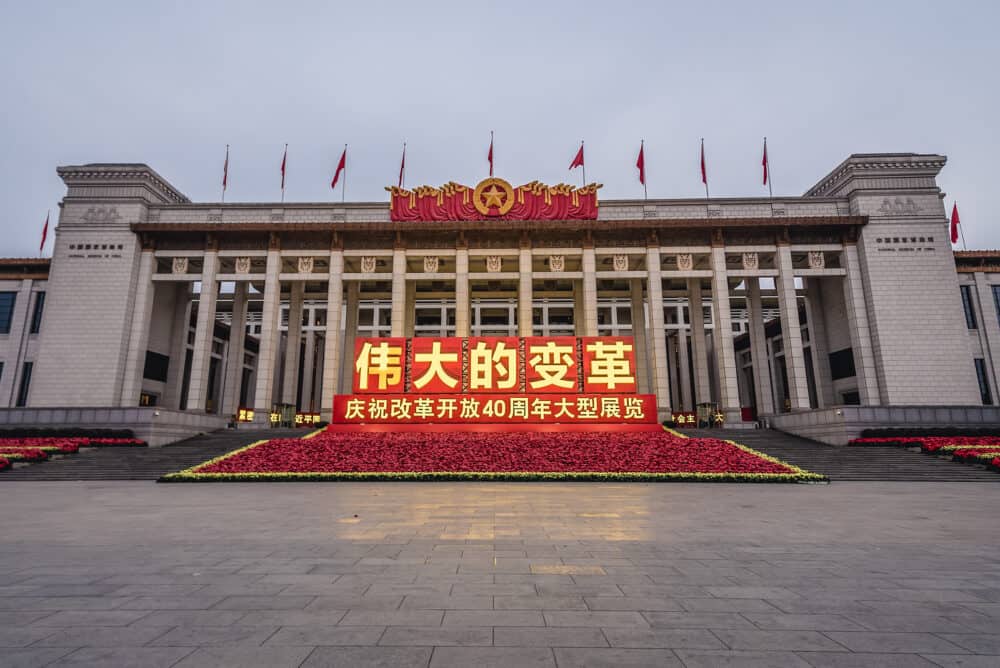
Forbidden City
A highlight of any trip to Beijing is a visit to the Forbidden City. This sprawling complex was built just for the ruling family, and it housed the Emperors of the Ming and then the Qing Dynasties from the 1400s right through to 1912 when the last ruler was overthrown.
It’s the largest palace of its kind in the world, and in previous centuries it was forbidden for common folk to even look at it, let alone enter.
Things have changed though, and now you can wander liberally through the lavish Palace, although you do need to buy a ticket first.
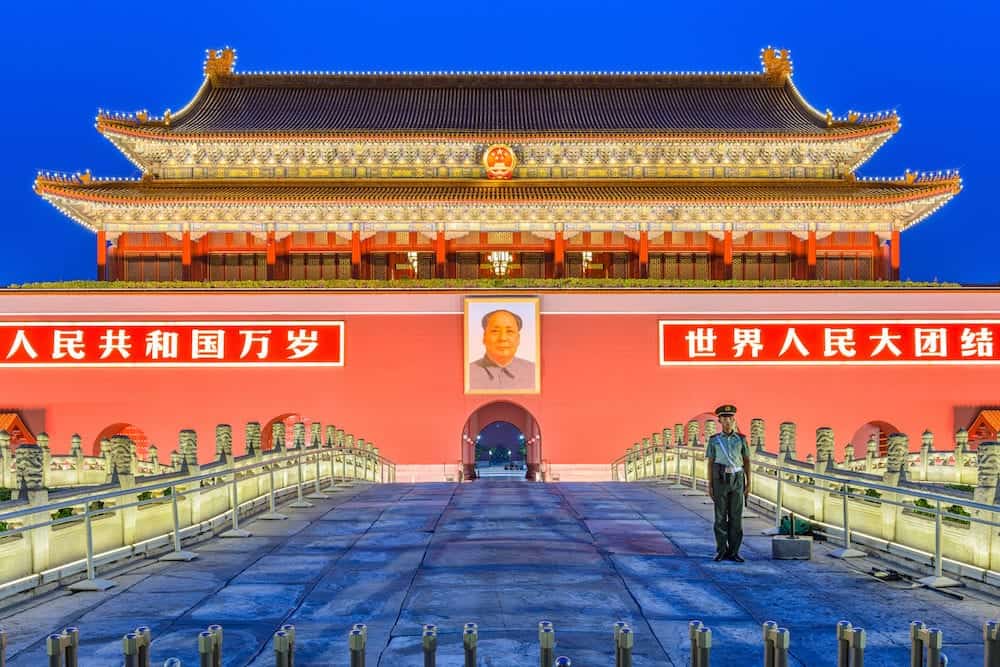
Jingshan Park
Located outside the northern gates of the Forbidden City, Jingshan Park is a park fit for emperors. Indeed, it was part of the ruling dynasty’s vast palatial grounds, and being built on a hilltop offers sweeping views over the city below.
After exploring the Forbidden City, take a walk into Jingshan Park, where you’ll find great panoramas and beautifully landscaped gardens.
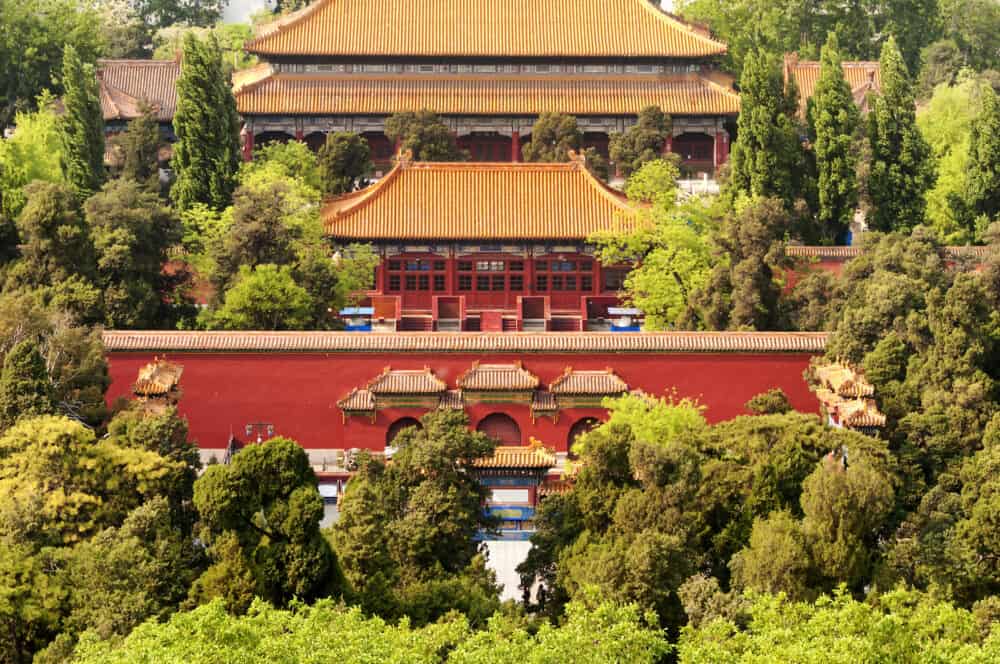
Summer Palace
The Summer Palace is an equally lavish complex to visit, although it’s not quite on the same scale as the Forbidden City.
Located outside of the city centre, the Summer Palace was built during the reign of the Qing Emperors, and it served as a retreat from the scorching summer temperatures.
The palace is built around the delightfully pleasant climes of Kunming Lake, which you can enjoy on regal style by taking a boat ride across.
If that’s not in your budget though, then the extensive gardens are perfect for walking, and a wonderful respite from the chaos of the city.
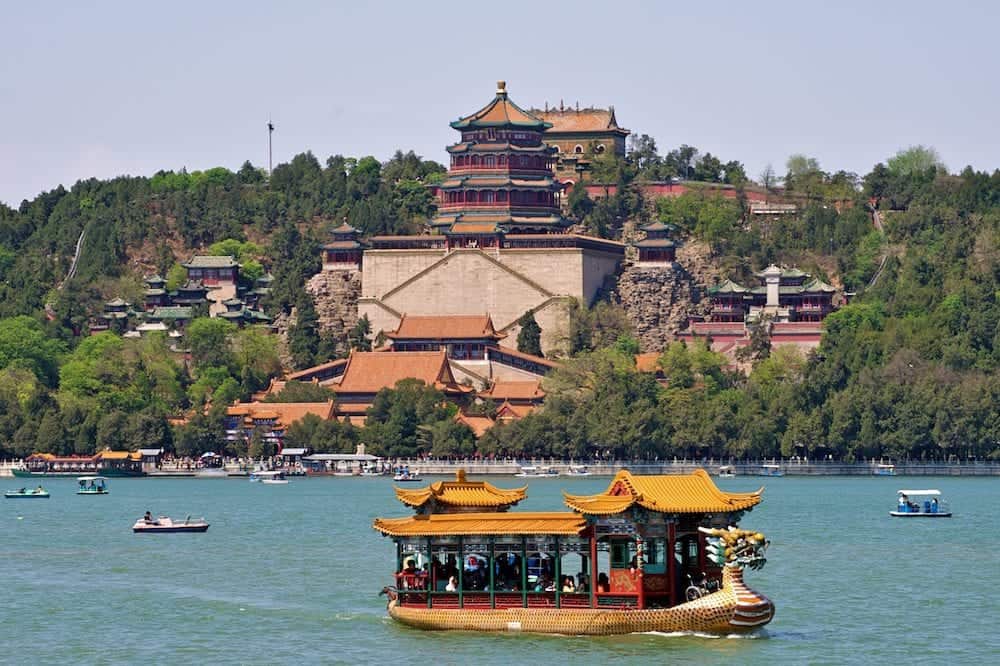
Lama Temple
The Yonghe Temple, or the Lama Temple, is one of Beijing’s best-preserved religious sites.
Built during the Qing Dynasty, around the 17th century, the Lama Temple was the most important lamasery in the Chinese world, and today it continues to attract pilgrims and visitors from across the country, as well as countless foreign tourists too.
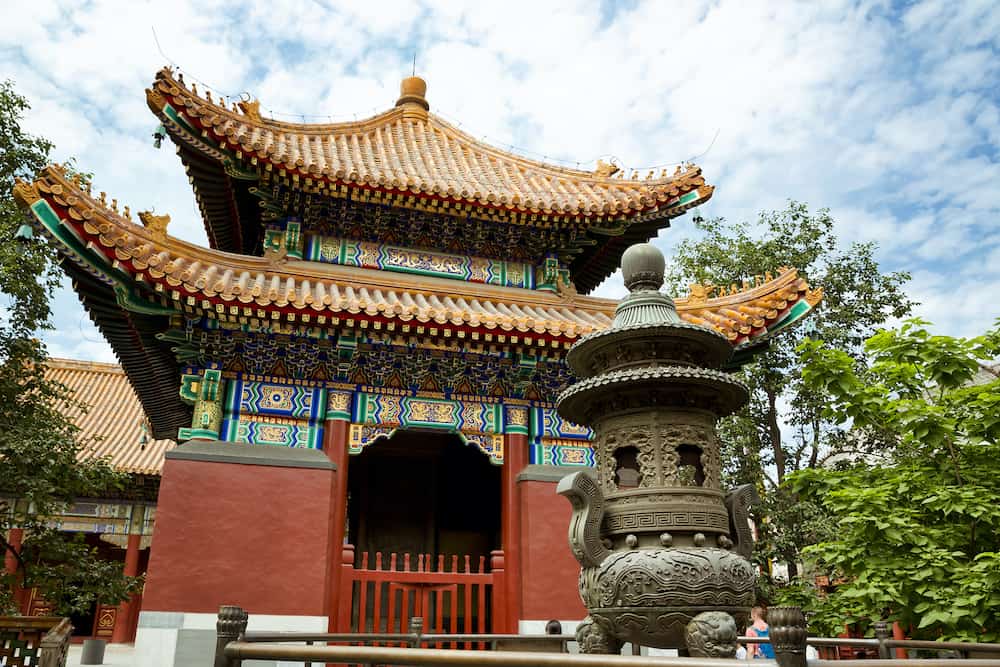
798 Art District
Beijing isn’t necessarily a city that you would associate with art unless it’s of the communist variety, but you can call into the 798 Art District to see a more unique side of the capital’s contemporary culture.
In this artsy district, former military facilities have been turned into a happening hub for arts, and it’s probably the most liberal place you can visit in Beijing. There are art galleries, cafes and much more waiting to be discovered across the 798 Art District.
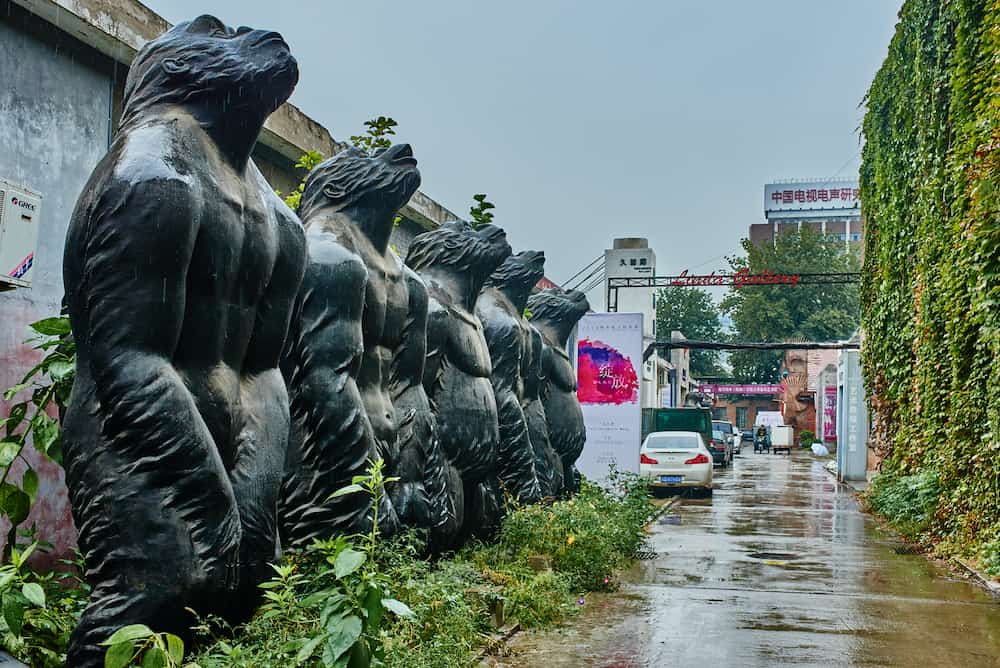
Olympic Park
In 2008 Beijing played host to the Olympic Summer Games, and in the years before this much of the city was redesigned and in many cases totally rebuilt too.
For the event, the vast Olympic Park was constructed, which today is still home to the distinctive Birds Nest Stadium and many more sports facilities.
You can walk around the park for free, and you can also tour through the stadium.
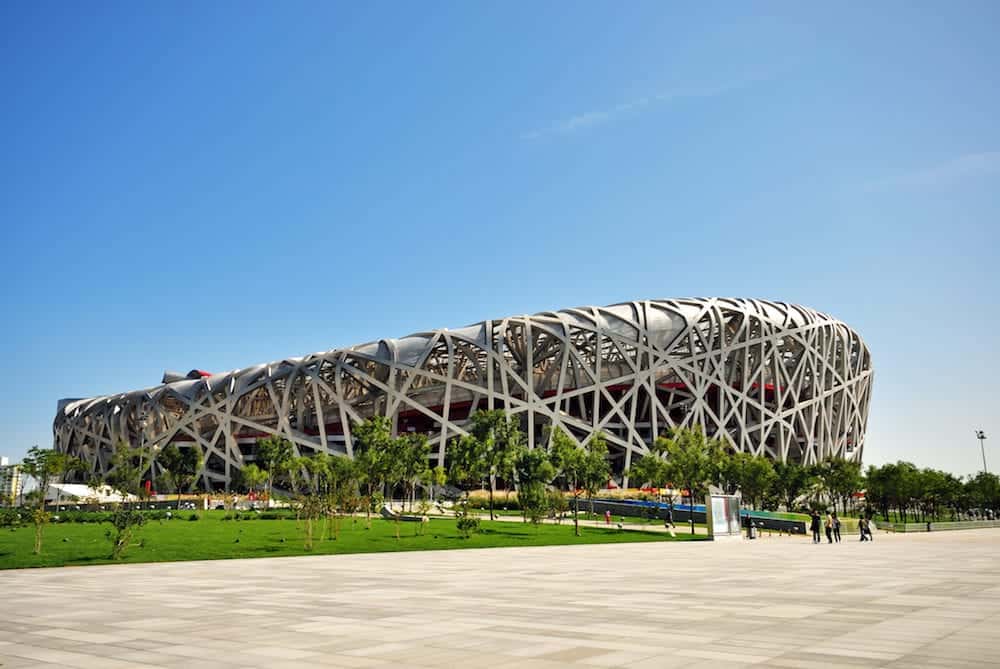
Wangfujing Street
After Qianmen Street, Wangfujing Street is Beijing’s second most famous pedestrian street. The long, wide avenue dates back hundreds of years, although like most of Beijing it has been redesigned and refurbished in recent years.
But, as it has been for centuries, Wangfujing Street is still a major shopping street and you’ll find plenty of outlets, both traditional and international, and plenty of good food, all along its length.
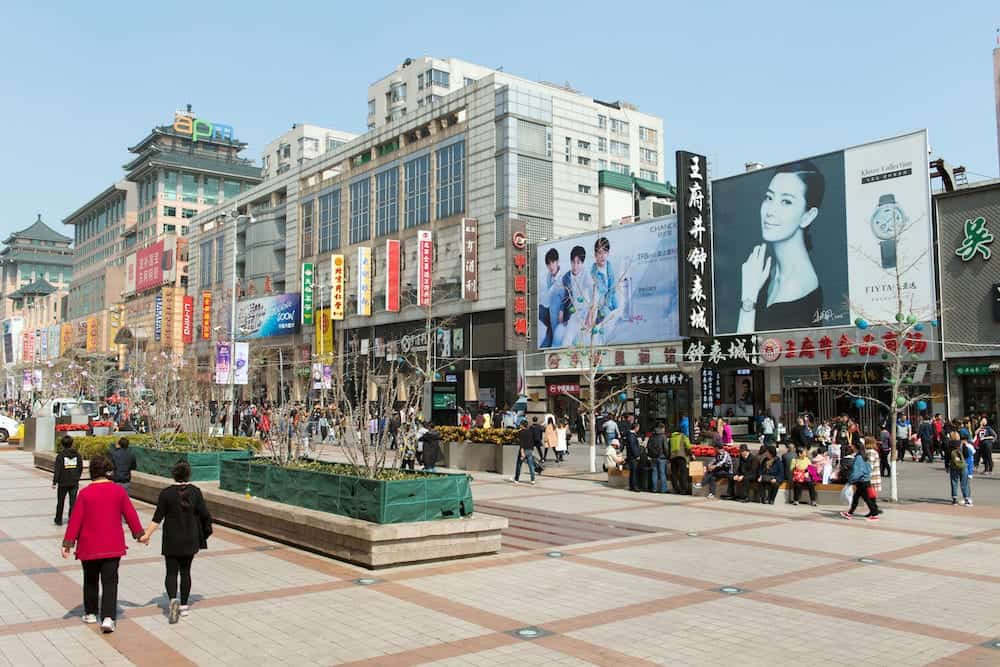
Where to stay in Beijing on a Budget
Compared to other Chinese cities, Beijing isn’t quite as cheap when it comes to accommodation options.
Still, if you know where to look then you can still find plenty of cheap accommodation in Beijing, you might just have to settle for a hostel though to save money.
If you’re looking to stay somewhere central, then booking a hostel close to Qianmen Street is the best option.
You’ll find many hostels, such as the popular Leo Hostel, in the Dashilan District, which is just a short walk from Qianmen Street and major attractions such as Tiananmen Square. This is a great area for backpackers with plenty of cheap restaurants, many of which have English menus.
If you’re looking for nightlife or shopping then you can find hostels cluttered around the Dongzhimen area, where you’ll find the best bars in Beijing and plenty of retail outlets.
One of the best cheap places to stay in Beijing in this district is the excellent Ming Courtyard, which is perfect for budget travel loving backpacker looking to socialise.
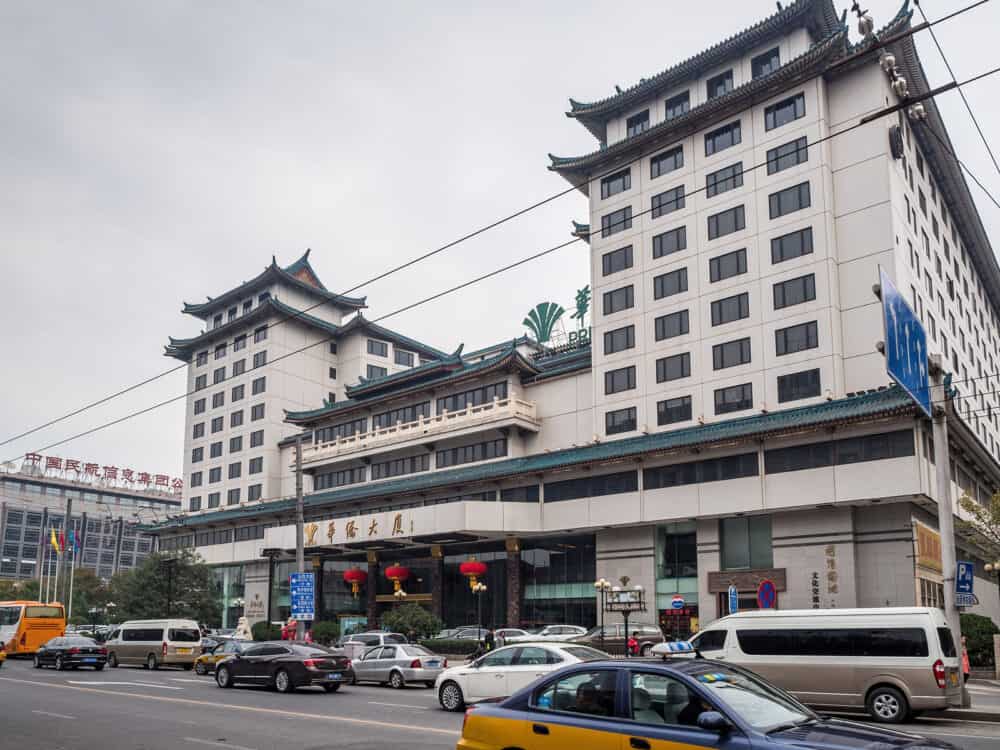
Budget eats in Beijing
Food prices in Beijing can vary massively, and you can find a huge range of places to eat, from expensive, gourmet restaurants to fast-food chains and humble, locally run eateries.
It’s the local places that you want to visit if you’re on a budget because at these traditional Chinese restaurants you can get huge portions of food for just a few dollars.
In the cheapest restaurants though, you might have a hard time reading the menus, as English menus are likely to be rare. In the more touristy areas, such as the Dongcheng District, this shouldn’t be too much of a problem, but if you’re not picky, you can always just pick and hope for the best!
While you’re in Beijing, then you’ll want to try the local specialities, because the city can be foodie heaven if you know what to order.
The most famous dish is Peking Duck, a slow-roasted duck served with pancakes. It’s delicious, but usually, you have to buy the entire duck, so it pays to have a few friends there to share the costs.
On the street, you can always find someone selling stacks of dumplings, and you can usually purchase a large number for just a few dollars or less. They make for a great breakfast or snacks throughout the day when you’re exploring.
Be very careful of scammers in the touristy places, as often they’ll invite you to a teahouse after speaking English with you, and when it’s time to leave you’ll be handed a hefty bill to pay while the way out is barred.
This is a very big problem in the Tiananmen Square and Forbidden City area, so, unfortunately, it’s best to be super cautious if you’re approached. What you might think will be a cheap eat at a teahouse with a local, will turn into the exact opposite!
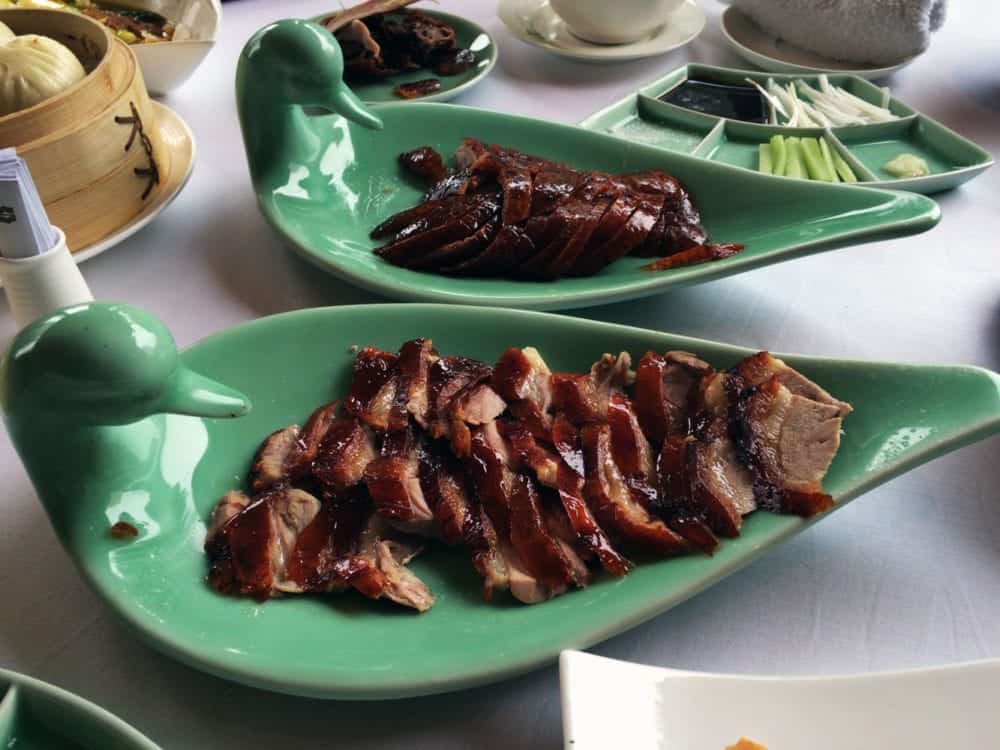
Cheap tours to do in Beijing on a budget
Hutong Walking Tours
The Hutongs of Beijing comprise some of the oldest parts of the city, but unfortunately very few of these traditional districts have survived the city’s rapid expansion.
Of the few that have been preserved, there’s no telling how long they will stay authentic, or even exist, so you’re best to explore now while you can.
The Hutongs are a maze of streets and alleyways, full of traditional houses, shops, teahouses and temples, and for a taste of Beijing life, as it was hundreds of years ago, this is the closest you’ll get in the otherwise modern city.
The best way to experience the Hutongs is on foot, or perhaps bicycle, but it’s worth investing in a local guide to make the most of them, and to find all the best-hidden secrets.
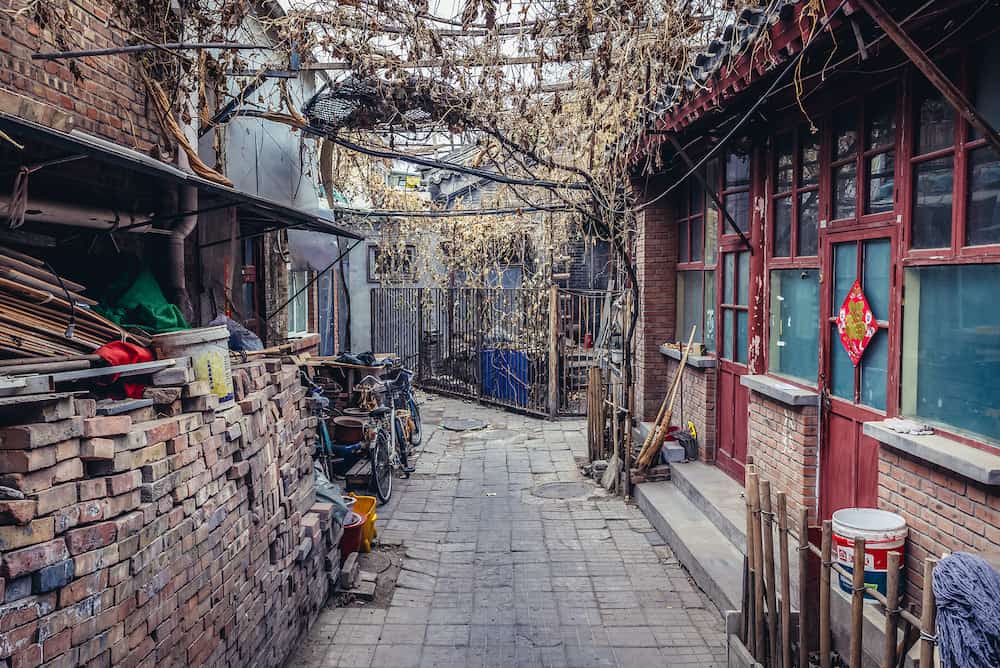
Mutianyu Great Wall of China Tour
The Great Wall of China is one of the wonders of the world, and when you’re visiting Beijing then sections of this vast fortification are just a day trip away.
The Great Wall stretches from the ocean, all the way west across much of China. Sections close to Beijing, such as Mutianyu, have been heavily restored, but that allows you to see how it would have stood in its heyday.
Even if you’re on a budget, then there are many companies offering cheap transport or tours out to the different sections of the wall, and it’s well worth the cost to get there and make the most of your day enjoying the history, the architecture and the views.

Ming Tombs
Also found just a short day trip away from Beijing, are the Ming Tombs. Again, this hugely significant historical site is incredibly popular with tourists, but that does mean that there are plenty of budget tour options to get you out there on the cheap.
The Ming Tombs are the final resting place of members of the Ming Dynasty, and there are a total of 13 Emperors entombed here.
You can enter 3 of the tombs, but the entire complex is truly astounding. The scale and the size of the complex is impressive, and the earliest tombs date back to the mid-1300s.
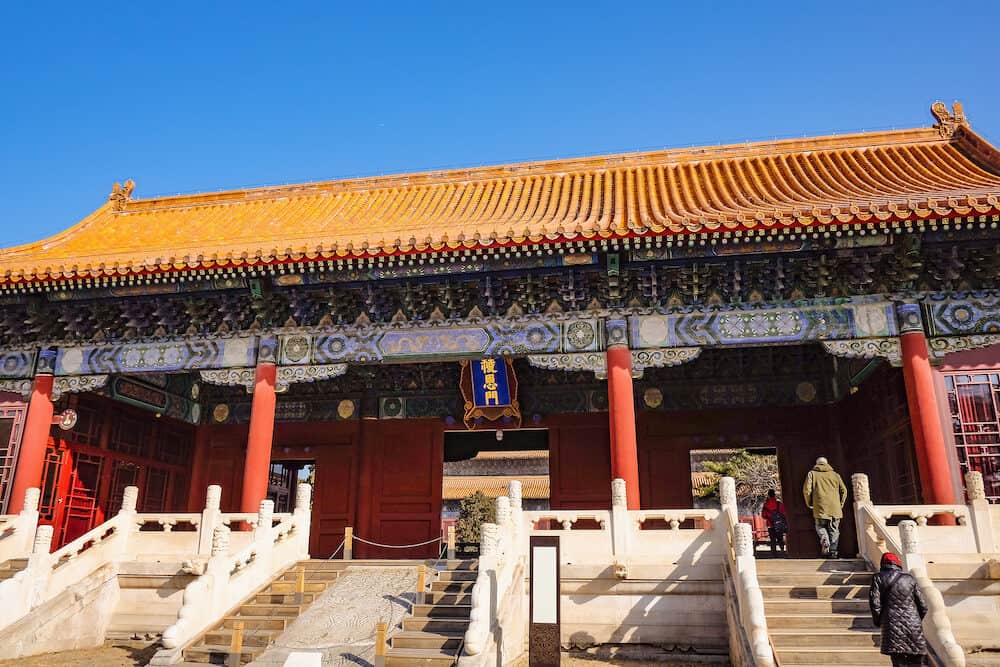
Recommended budget tours in Beijing
- Mini Group: Beijing Forbidden City Tour with Great Wall Hiking at Mutianyu
- Private Mutianyu Great Wall Trip with English-Speaking Driver
- Experience Beijing: Chinese Cooking Class and Market Tour
- Beijing Hutong Food and Beer Tour by Tuk Tuk
- 4-Hour Skip-the-Line Small Group Discovery Forbidden City Tour with Hotel Pickup
- Private Beijing Layover Tour: PEK Airport to Mutianyu Great Wall
- Private Night Sightseeing Tour of Beijing
- Old Beijing Dinner Tour
- Beijing Private Tour: Shaolin Kung Fu Show and Peking Roasted Duck Dinner
- Forbidden City Private Tour with Skip-the-Line Access
- Beijing Bike Tour
If you’d like to save it for later, please save it to Pinterest.
